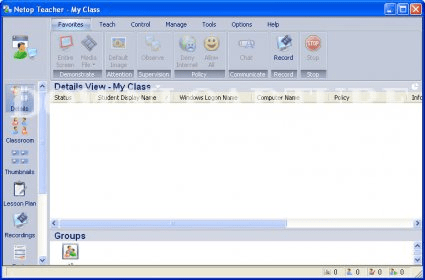

While the study found a positive association between time spent on homework and scores on standardized tests, students who did homework didn’t generally get better grades than kids who didn’t. “However, students spending more time on something that is not easy to understand or needs to be explained by a teacher does not help these students learn and, in fact, may confuse them.”Įven in that case, however, the research provided somewhat conflicting results that are hard to reconcile. “The overflow typically results in more homework assignments,” the lead researcher said in a statement from the University. In an interview with the NEA, Cooper explains, “It’s also worth noting that these correlations with older students are likely caused, not only by homework helping achievement but also by kids who have higher achievement levels doing more homework.”Ī 2012 study looked at more than 18,000 10th-grade students and concluded that increasing homework loads could be the result of too much material with insufficient instructional time in the classroom. The paper does suggest that the correlation strengthens after 7th grade-but it’s likely not a causal relationship.

Cooper reported, “No strong evidence was found for an association between the homework–achievement link and the outcome measure (grades as opposed to standardized tests) or the subject matter (reading as opposed to math).” The results showed a general correlation between homework and achievement. The research set out to explore the perceived correlation between homework and achievement. In the mid-2000s, a Duke researcher named Harris Cooper led up one of the most comprehensive looks at homework efficacy to-date. First and second graders were doing roughly 30 minutes of homework every night. “The National PTA and its constituent associations advocate that teachers, schools, and districts follow evidence-based guidelines regarding the use of homework assignments and its impact on children’s lives and family interactions.”Įven with these well-known standards, a study from researchers at Brown University, Brandeis University, Rhode Island College, Dean College, the Children’s National Medical Center, and the New England Center for Pediatric Psychology, found that younger children were still getting more than the recommended amount of homework by two or three times. The PTA’s resolution effectively sums up the current dominant perspective on homework. The National PTA also now relies on a less-specific resolution on homework which encourages districts and educators to focus on “quality over quantity.” It also serves as the official homework policy for many school districts, even though the NEA’s outline of the policy now leads to an error page. This once served as the official guidance for educators from the National Education Association, as well as the National PTA. So, first graders should get just 10 minutes of work to do at home while high schoolers should be cracking the books for up to two hours each night. Many schools subscribe to a “rule of thumb” that suggests students should get 10 minutes of homework for each grade level.

How much homework are kids supposed to be doing? But it’s worth noting that such arguments typically refer to data from more than a decade ago. A 2019 Pew survey found that teens were spending considerably more time doing schoolwork at home than they had in the past-an hour a day, on average, compared to 44 minutes a decade ago and just 30 in the mid-1990s.īut other data disagrees, instead suggesting that homework expansion primarily affects children in lower grades. There’s a fundamental issue at the very start of this discussion: we’re not entirely sure how much homework kids are actually doing. It fell out of fashion again during the Vietnam War era before it came back strong in the ‘80s.Īs the country mostly transitions back to full-time, in-person schooling, the available research on homework and its efficacy is still messy at best.

School districts began abolishing homework in the ‘30s and ‘40s, only for it to come roaring back as the space race kicked off in the late ‘50s and drove a desire for sharper math and science skills. When it comes to educators, parents, and school administrators, however, the topic gets a lot more complicated.Ĭollective educational enthusiasm toward homework has ebbed and flowed throughout the 20th century in the US. When you’re a kid, your stance on homework is generally pretty simple: It’s the worst.


 0 kommentar(er)
0 kommentar(er)
